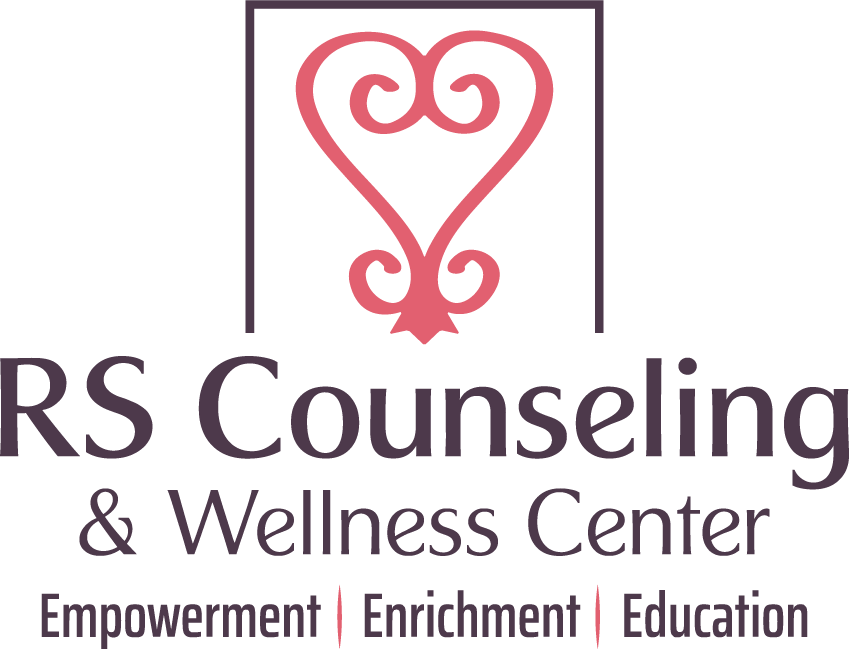Overview of Mental Illness

By: Sharea Farmer, LCSW
Categories:
Overview of Mental Illness
Minority Mental Health Awareness Month
What is a mental illness? A mental illness has been defined as “a medical condition that disrupts a person’s thinking, feeling, mood, ability to relate to others and daily functioning (NAMI).” Just like heart disease or diabetes, a mental illness is a medical condition. I repeat a “medical condition.” Usually with mental illness the person suffering can see a change, if not, total interference in their ability to handle their everyday life. Mental illness does not discriminate by age, race, religion or income. Therefore, it is important to remember that having a mental illness does not make you weak or mean you’ve had a poor/bad background. Seeking treatment and getting the support you need is important with all illnesses; the same is true for your mental illness. The stigma has to end and it starts with awareness.
Overview/Facts:
- Some serious mental illnesses include:
- major depression,
- schizophrenia,
- bipolar disorder,
- obsessive compulsive disorder (OCD),
- posttraumatic stress disorder (PTSD)
- More safe and effective treatments exist today than ever before. As a result, studies have shown that many people with mental illness recover.
- Each year, roughly 57 million Americans will be affected by one or more mental illnesses. Of these:
- Roughly 40 million will suffer from some type of anxiety disorder, such as panic disorder, obsessive compulsive disorder, post-traumatic stress disorder, agoraphobia, or social phobia.
- Roughly 18 million will suffer from some form ofdepression
- Roughly 2.6 million will suffer from bipolar disorder
- Roughly 2.4 million will suffer from schizophrenia
- In fact, rates of successful treatment for mental illnesses are often as high as or even higher than for common medical conditions, such as heart disease. For example:
- Panic disorder has a successful treatment rate of 70-90%.
- Depression has a successful treatment rate of over 80%.
- Schizophrenia has a successful treatment rate of roughly 60%.
- Many people with mental illnesses also lead productive and active professional and social lives.
The above facts come from the NAMI (National Alliance on Mental Health) and Net Wellness website.
